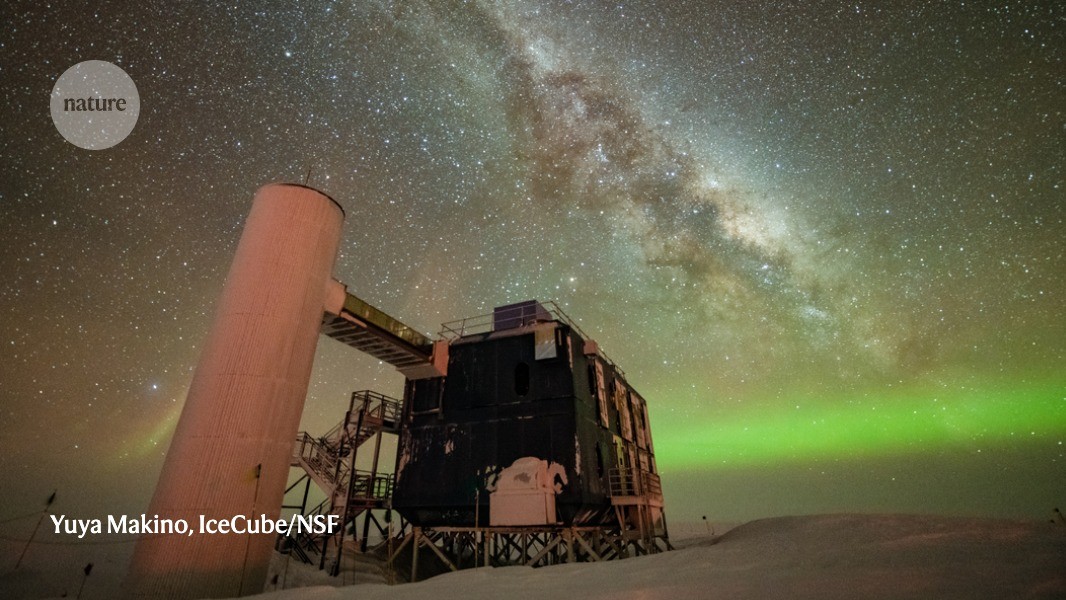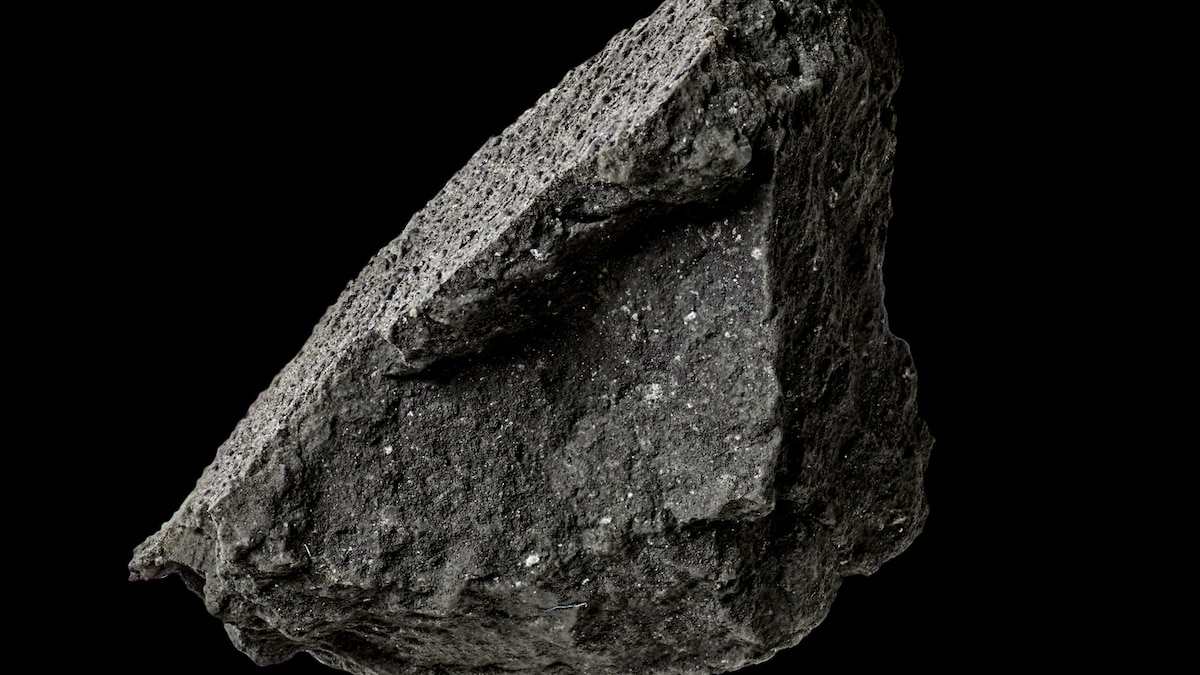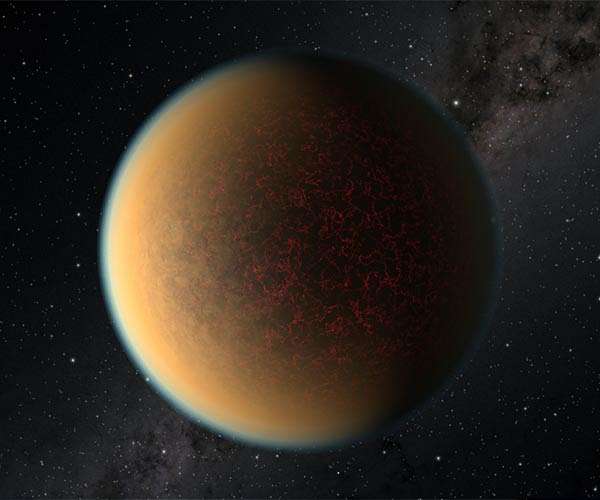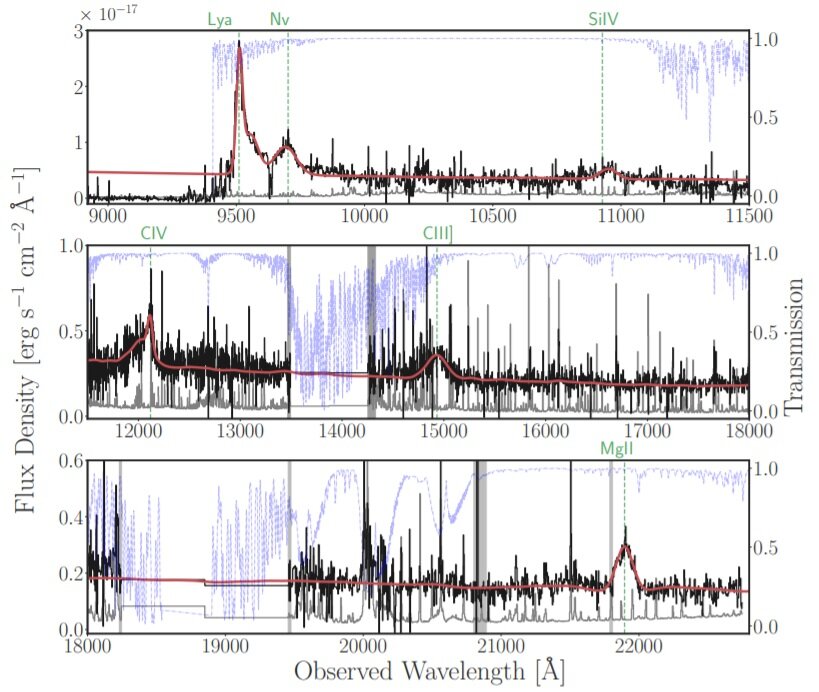- Joined
- 21 January 2015
- Messages
- 12,150
- Reaction score
- 16,353
Related to the news of a possible exoplanet around Alpha Centauri A.
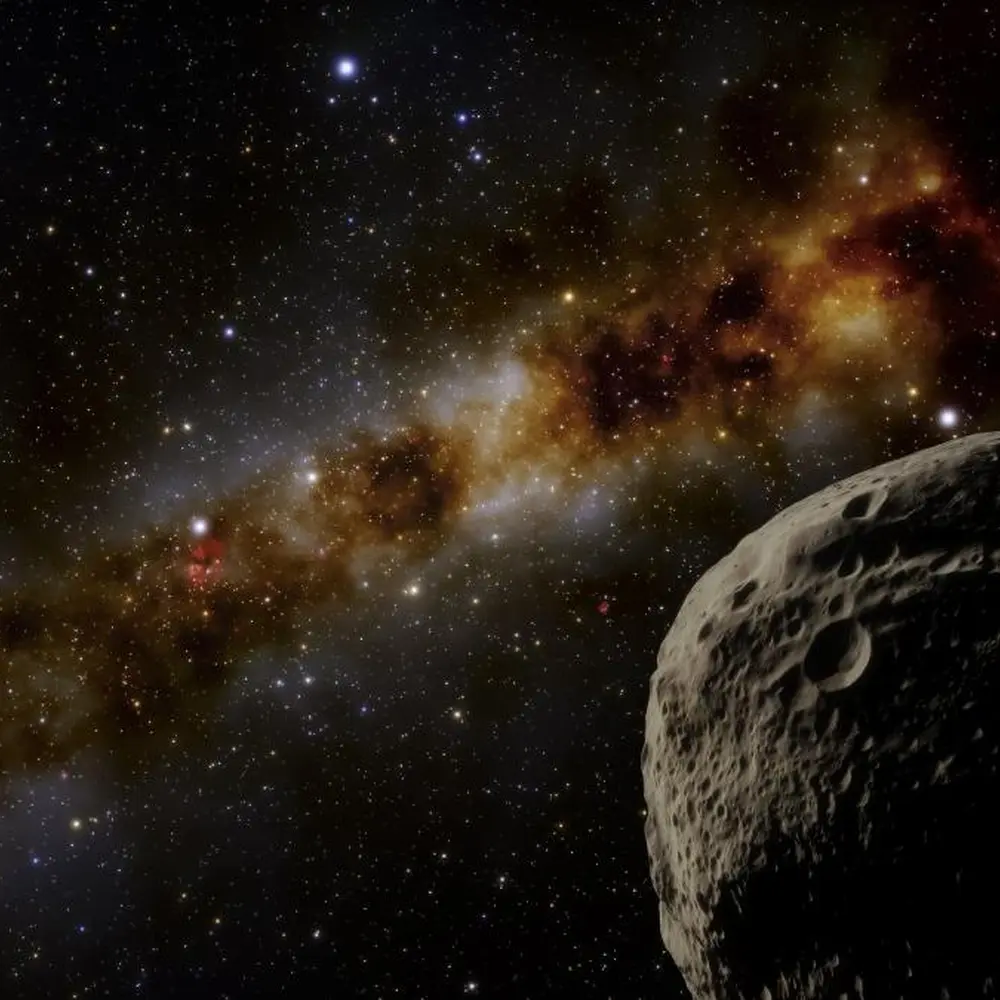

Solar System’s most distant known member confirmed
Officially called 2018 AG37, the object is nicknamed Farfarout for just how far away from the Sun it is orbiting.carnegiescience.edu

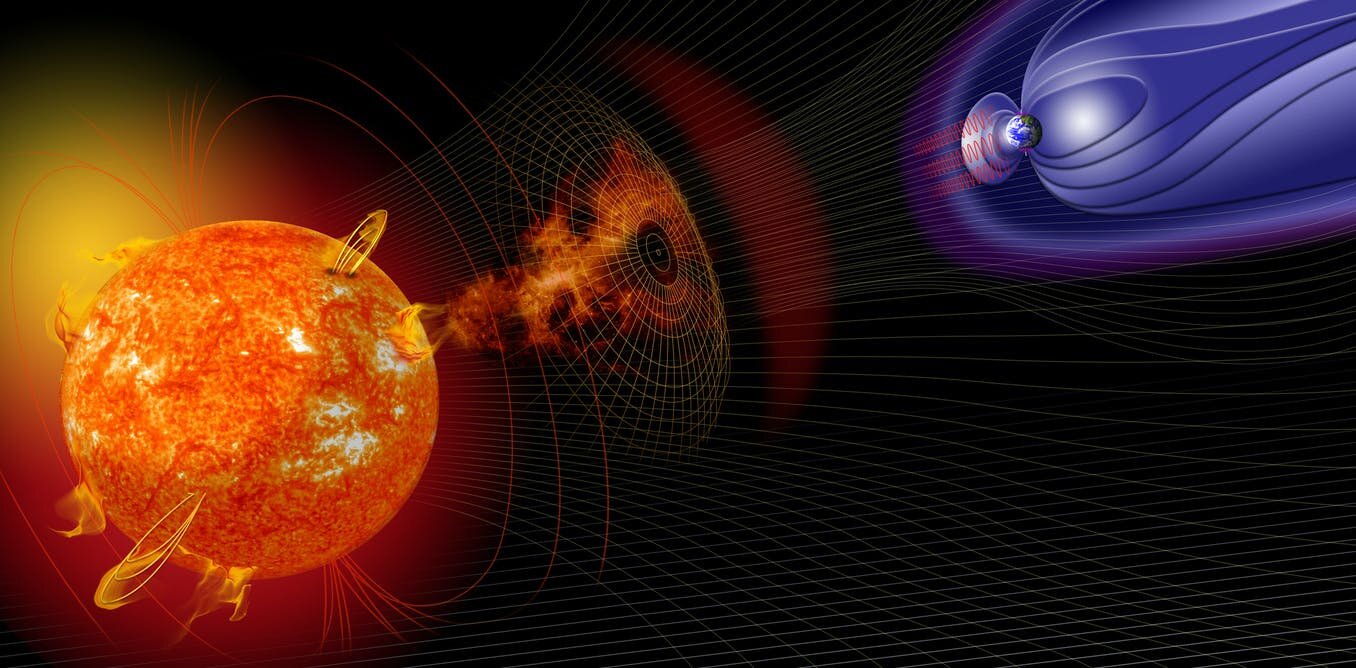
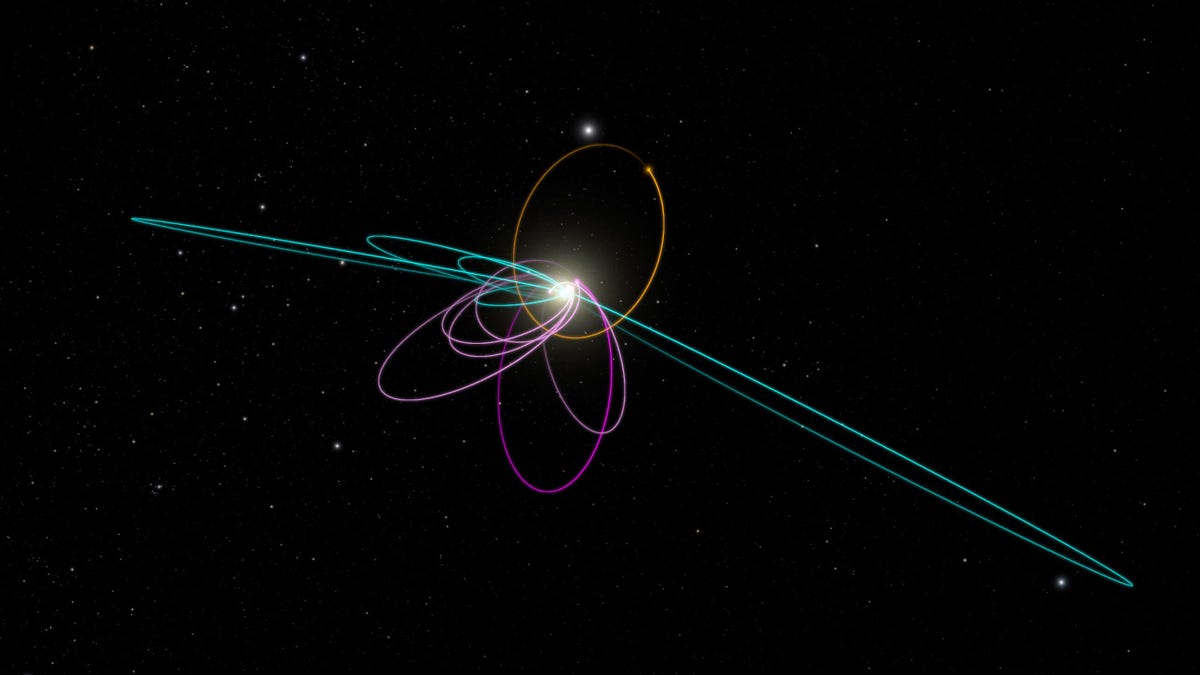
Long since time to bring back the real 'Planet Nine', methinks.
Pluto was arguably demoted from planetary status solely because of a combination of rather dodgy science and even more toxic politics. Its later redesignation as a minor planet was an belated (and unsuccessful) attempt to mollify the critics of that move which only helped to illustrate just how wrong headed the IAU's original decision was.Long since time to bring back the real 'Planet Nine', methinks.
There is no definition (based in astronomy rather than tradition) in which the solar system has exactly 9 planets. It's either 8 or hundreds.
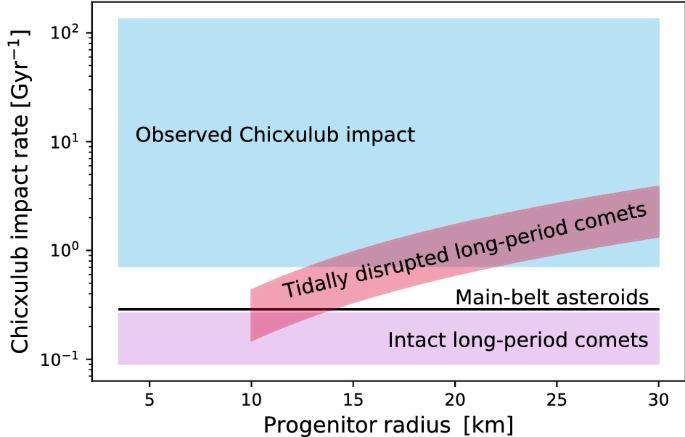
Other researchers did not agree with the new study's findings and still say several clues point to an asteroid creating the Chicxulub crater.
For one, Iridium -- along with a handful of other chemical elements -- was found scattered around the globe after the impact, said David Kring, principal scientist at the Lunar and Planetary Institute in Houston, who was not involved with the comet study.
Kring said the proportions of those elements are the same proportions seen in meteorite samples of asteroids.
The comet piece would have also been too small to make a crater of that size, said Natalia Artemieva, senior scientist at the Planetary Science Institute, who also was not involved in the study.
The study estimated the size of the comet piece to be about 4 miles wide, and Artemieva argued the comet would need to be at least 7.5 miles wide to make a crater the size of Chicxulub. With the small comet piece, she said, "it is absolutely impossible," and the crater size from the impact would be at least half the size.
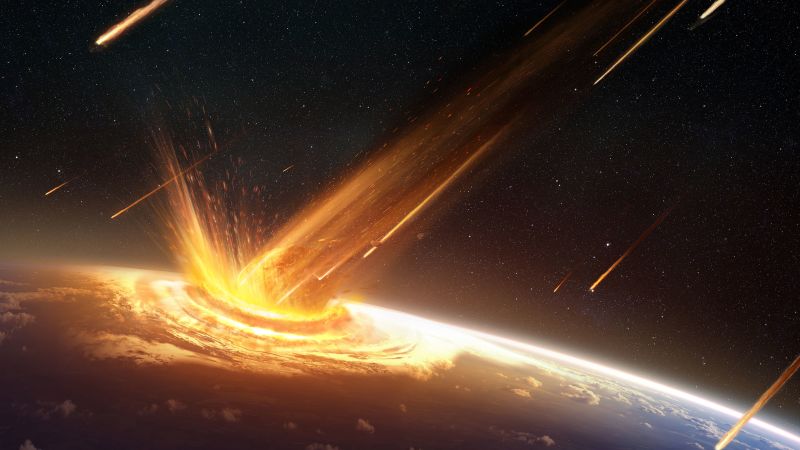
Breakup of a long-period comet as the origin of the dinosaur extinction
The origin of the Chicxulub impactor, which is attributed as the cause of the K/T mass extinction event, is an unsolved puzzle. The background impact rates of main-belt asteroids and long-period comets have been previously dismissed as being too low to explain the Chicxulub impact event. Here, we show that a fraction of long-period comets are tidally disrupted after passing close to the Sun, each producing a collection of smaller fragments that cross the orbit of Earth. This population could increase the impact rate of long-period comets capable of producing Chicxulub impact events by an order of magnitude. This new rate would be consistent with the age of the Chicxulub impact crater, thereby providing a satisfactory explanation for the origin of the impactor. Our hypothesis explains the composition of the largest confirmed impact crater in Earth’s history as well as the largest one within the last million years. It predicts a larger proportion of impactors with carbonaceous chondritic compositions than would be expected from meteorite falls of main-belt asteroids.

Breakup of a long-period comet as the origin of the dinosaur extinction - Scientific Reports
The origin of the Chicxulub impactor, which is attributed as the cause of the K/T mass extinction event, is an unsolved puzzle. The background impact rates of main-belt asteroids and long-period comets have been previously dismissed as being too low to explain the Chicxulub impact event. Here...www.nature.com
Other researchers did not agree with the new study's findings and still say several clues point to an asteroid creating the Chicxulub crater.
For one, Iridium -- along with a handful of other chemical elements -- was found scattered around the globe after the impact, said David Kring, principal scientist at the Lunar and Planetary Institute in Houston, who was not involved with the comet study.
Kring said the proportions of those elements are the same proportions seen in meteorite samples of asteroids.
The comet piece would have also been too small to make a crater of that size, said Natalia Artemieva, senior scientist at the Planetary Science Institute, who also was not involved in the study.
The study estimated the size of the comet piece to be about 4 miles wide, and Artemieva argued the comet would need to be at least 7.5 miles wide to make a crater the size of Chicxulub. With the small comet piece, she said, "it is absolutely impossible," and the crater size from the impact would be at least half the size.

Dinosaurs may have been killed off by a comet instead of an asteroid | CNN
Researchers theorized that a piece of a comet, rather than an asteroid, hit Earth and caused the extinction of many species 66 million years ago.edition.cnn.com
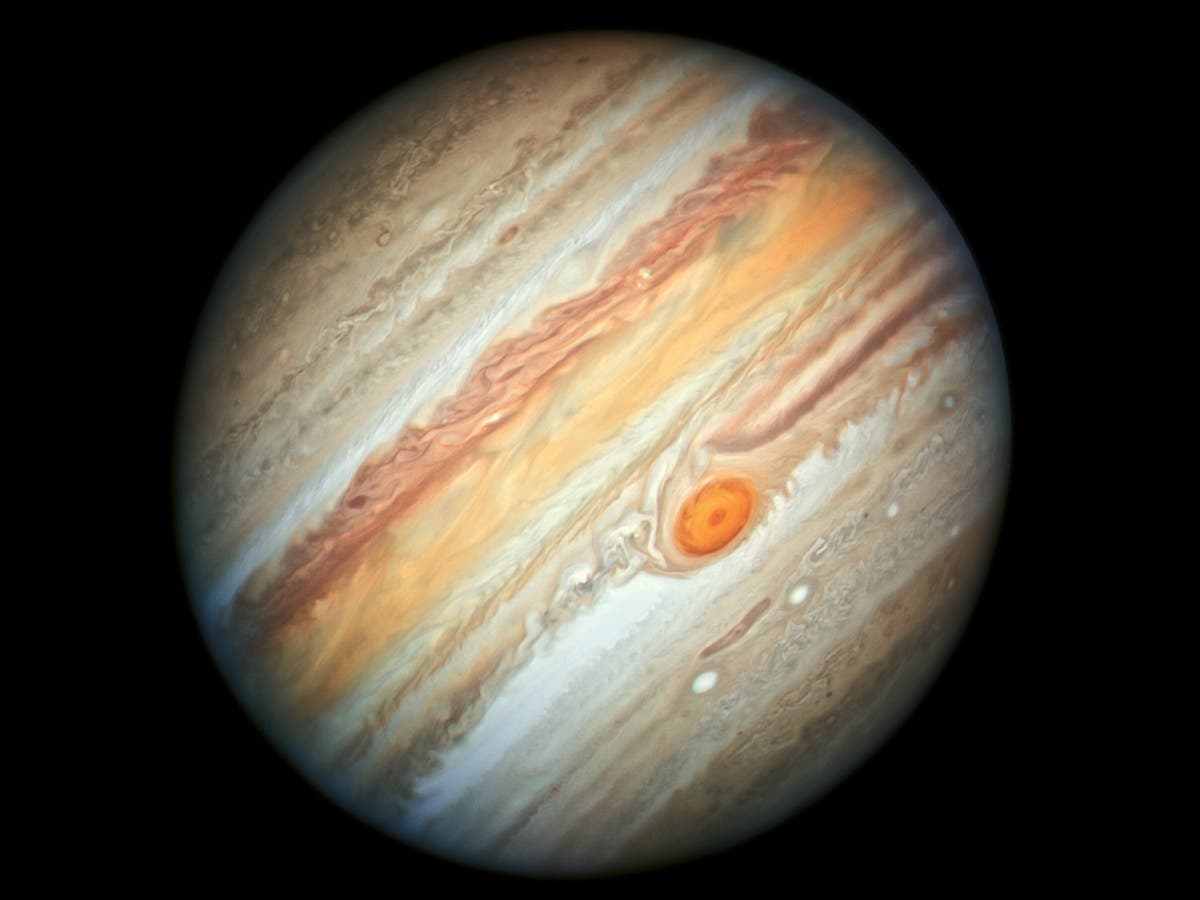
We are, as a matter of fact, taking the hypothesis of extraterrestrial life, even intelligent extraterrestrial life, more seriously now than ever before, and this is true not just among the general public but also within the community of working scientists. But I don’t see Avi Loeb saying anything that discounts that work. What I do see him saying in Extraterrestrial is that in the case of ‘Oumuamua, scientists are reluctant to consider a hypothesis of extraterrestrial technology even though it stands up to scrutiny — as a hypothesis — and offers as good an explanation as others I’ve seen. Well actually, better, because as Loeb says, it checks off more of the needed boxes.
Invariably, critics quote Sagan: “Extraordinary claims require extraordinary evidence.” Loeb is not overly impressed with the formulation, saying “evidence is evidence, no?” And he goes on: “I do believe that extraordinary conservatism keeps us extraordinarily ignorant. Put differently, the field doesn’t need more cautious detectives.” Fighting words, those. A solid rhetorical strategy, perhaps, but then caution is also baked into the scientific method, as well it should be. So let’s talk about caution and ‘Oumuamua.
Can we discuss this alien artifact hypothesis in a rational way? Loeb is not sure we can, at least in some venues, given the assumptions and accumulated inertia he sees plaguing the academic community. He describes pressure on young postdocs to choose career paths that will fit into accepted ideas. He asks whether what we might call the science ‘establishment’ is simply top-heavy, a victim of its own inertia, so that the safer course for new students is not to challenge older models.
Now we’re at the heart of the book, for as we’ve seen, Extraterrestrial is less about ‘Oumuamua itself and more about how we do science, and what the author sees as a too conservative approach that is fed by the demands of making a career. He’s compelled to ask: Shouldn’t the possibility of ‘Oumuamua being an extraterrestrial artifact, a technological object, be a bit less controversial than it appears to be, given the growth in our knowledge in recent decades?
Isn’t communicating ideas part of the job description of anyone employed to do scientific research? So much of that research is funded by the public through their tax dollars, after all. If Loeb’s prickly book is forcing some scientists to take the time to explain why they think his hypothesis is unlikely, I cannot see that as a bad thing. Good for Avi Loeb, I’d say.
Scientists of the P. N. Lebedev Physical Institute of the Russian Academy of Sciences (LPI RAS), the Moscow Institute of Physics and Technology (MIPT) and the Institute for Nuclear Research of RAS (INR RAS) studied the arrival directions of astrophysical neutrinos with energies more than a trillion electronvolts (TeV) and came to an unexpected conclusion: all of them are born near black holes in the centers of distant active galaxies powerful radio sources. Previously, only neutrinos with the highest energies were assumed to be obtained in sources of this class.
But the TOI-561 system, planets and all, is one of the oldest ever seen, at an estimated age of around 10 billion years.
That's more than twice as old as the Solar System, nearly as old as the Universe itself, and evidence that rocky exoplanets can remain stable for a very long time.
"TOI-561 b is one of the oldest rocky planets yet discovered," said astronomer Lauren Weiss of the University of Hawai'i.
"Its existence shows that the universe has been forming rocky planets almost since its inception 14 billion years ago."
The three planets, named TOI-561 b, TOI-561 c and TOI-561 d, were identified by NASA's planet-hunting space telescope, TESS. TESS stares at sections of the sky, looking for periodic, faint dips in the light of distant stars. These are transits, when a planet passes between us and its star.[/wu
But the TOI-561 system, planets and all, is one of the oldest ever seen, at an estimated age of around 10 billion years.
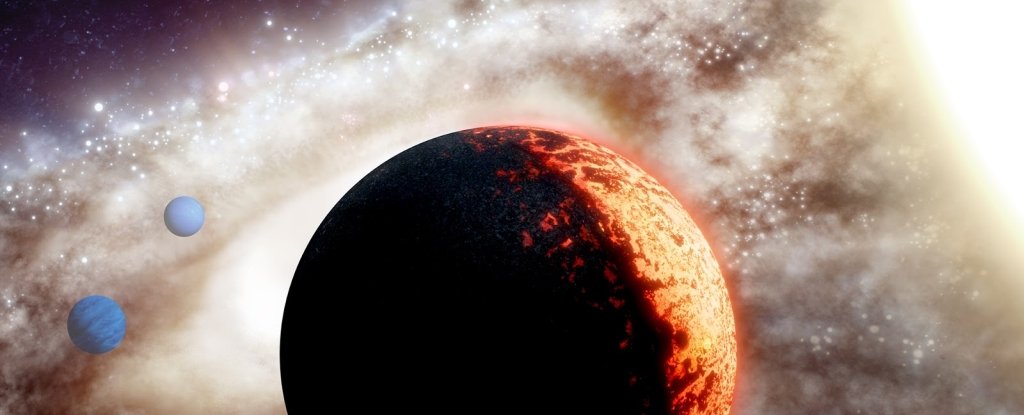
Astronomers Find an Astonishing 'Super-Earth' That's Nearly as Old as The Universe
But the TOI-561 system, planets and all, is one of the oldest ever seen, at an estimated age of around 10 billion years.
That's more than twice as old as the Solar System, nearly as old as the Universe itself, and evidence that rocky exoplanets can remain stable for a very long time.
"TOI-561 b is one of the oldest rocky planets yet discovered," said astronomer Lauren Weiss of the University of Hawai'i.
"Its existence shows that the universe has been forming rocky planets almost since its inception 14 billion years ago."
The three planets, named TOI-561 b, TOI-561 c and TOI-561 d, were identified by NASA's planet-hunting space telescope, TESS. TESS stares at sections of the sky, looking for periodic, faint dips in the light of distant stars. These are transits, when a planet passes between us and its star.[/wu
But the TOI-561 system, planets and all, is one of the oldest ever seen, at an estimated age of around 10 billion years.

Astronomers Find an Astonishing 'Super-Earth' That's Nearly as Old as The Universe
It turns out that planets can live a very long time indeed.www.sciencealert.com
View: https://youtu.be/SNjn9bzbN_Y
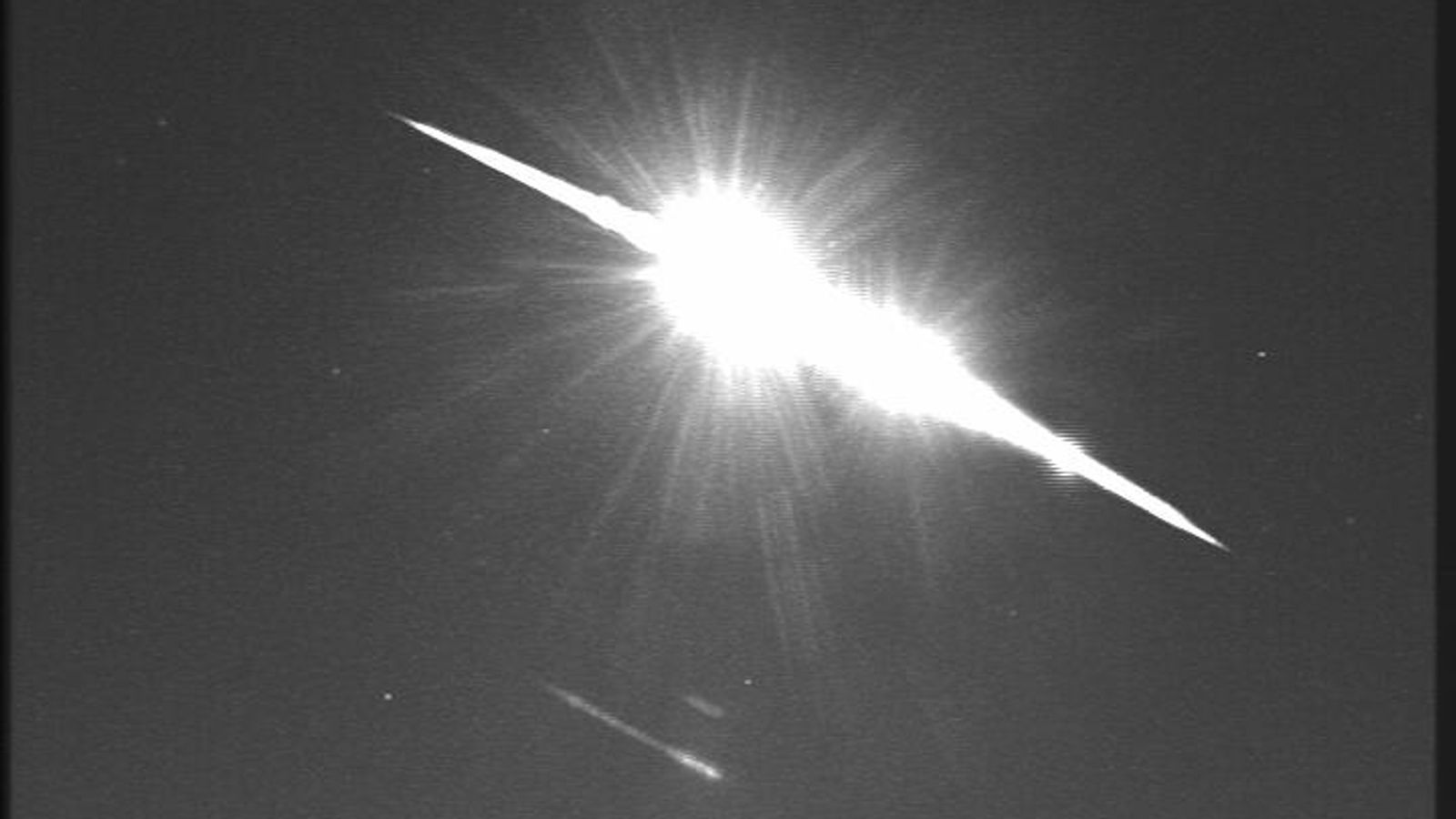

 www.universetoday.com
www.universetoday.com
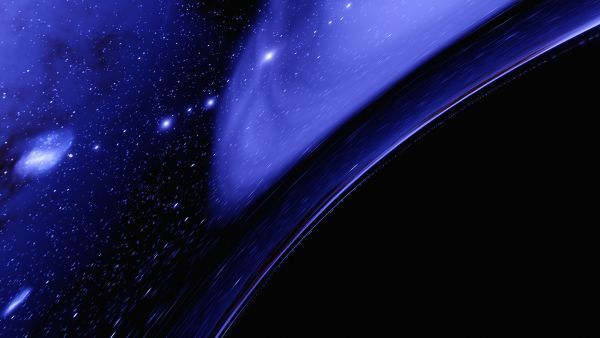
One theory of black hole singularities replaces those infinitely tiny points of infinitely compressed matter with something much more palatable: an incredibly tiny point of incredibly compressed matter. This is called a Planck core, because the idea theorizes that the matter inside a black hole is compressed all the way down to the smallest possible scale, the Planck length, which is 1.6 * 10^ minus 35 meters.
That's … small.
With a Planck core, which wouldn’t be a singularity, a black hole would no longer host an event horizon — there would be no place where the gravitational pull exceeds the speed of light. But to outside observers, the gravitational pull would be so strong that it would look and act like an event horizon. Only extremely sensitive observations, which we do not yet have the technology for, would be able to tell the difference

One theory of black hole singularities replaces those infinitely tiny points of infinitely compressed matter with something much more palatable: an incredibly tiny point of incredibly compressed matter. This is called a Planck core, because the idea theorizes that the matter inside a black hole is compressed all the way down to the smallest possible scale, the Planck length, which is 1.6 * 10^ minus 35 meters.
That's … small.
With a Planck core, which wouldn’t be a singularity, a black hole would no longer host an event horizon — there would be no place where the gravitational pull exceeds the speed of light. But to outside observers, the gravitational pull would be so strong that it would look and act like an event horizon. Only extremely sensitive observations, which we do not yet have the technology for, would be able to tell the difference
A chunk of meteorite found in the desert sands of Algeria could be a piece of a baby planet that never made it.
According to an in-depth analysis of the rock's composition and age, not only is the meteorite known as Erg Chech 002 older than Earth, it formed volcanically - suggesting that it could have once been part of the crust of an object known as a protoplanet.
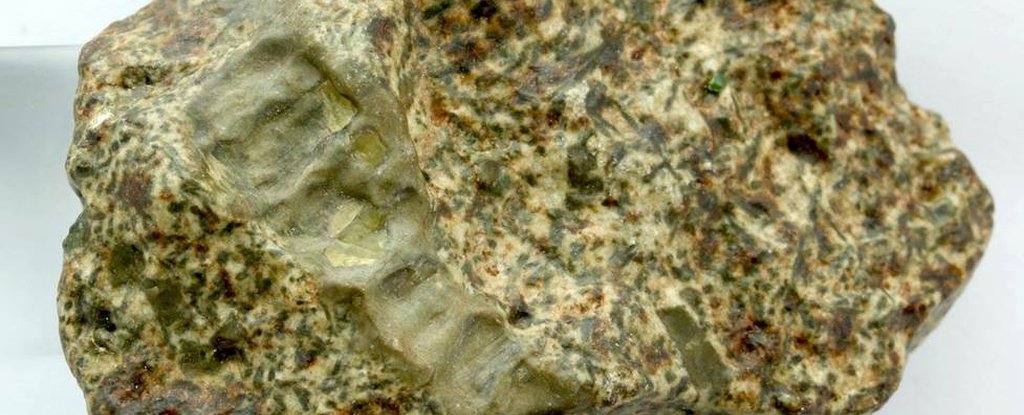

In the article itself it says the theory is likely not correct.
One theory of black hole singularities replaces those infinitely tiny points of infinitely compressed matter with something much more palatable: an incredibly tiny point of incredibly compressed matter. This is called a Planck core, because the idea theorizes that the matter inside a black hole is compressed all the way down to the smallest possible scale, the Planck length, which is 1.6 * 10^ minus 35 meters.
That's … small.
With a Planck core, which wouldn’t be a singularity, a black hole would no longer host an event horizon — there would be no place where the gravitational pull exceeds the speed of light. But to outside observers, the gravitational pull would be so strong that it would look and act like an event horizon. Only extremely sensitive observations, which we do not yet have the technology for, would be able to tell the difference
I wonder what Stephen Hawking would have thought of this theory, since he spent his life trying to understand the inner workings of black holes.
Evidence of a rare neutrino-interaction process called the Glashow resonance has been observed by a detector buried deep in the Antarctic ice — opening up a way to probe neutrino formation in astrophysical sources.
